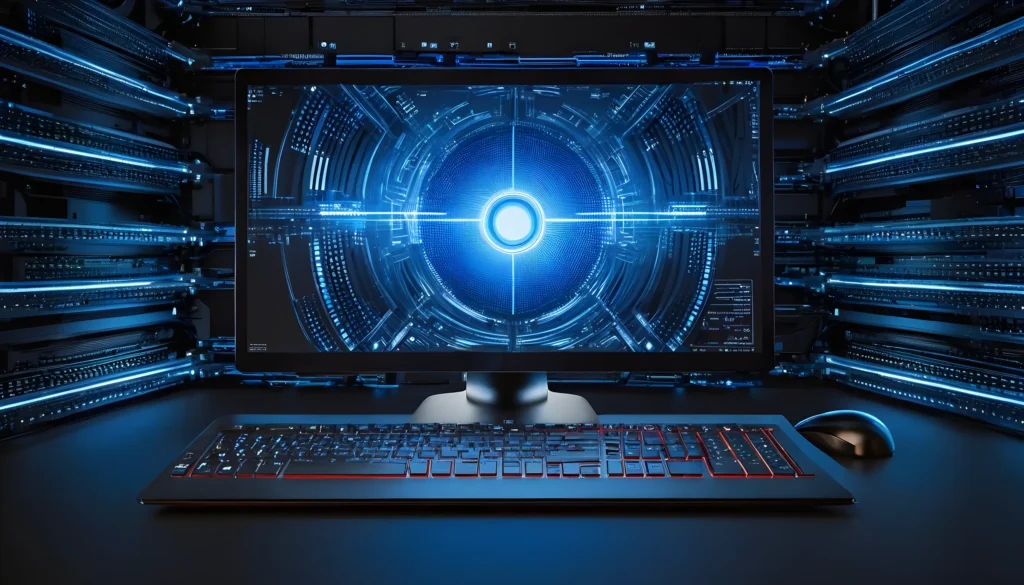
Introduction:
In the ever-evolving landscape of technology, ensuring that your computer operates at peak performance is crucial for a seamless and productive user experience. Whether you use your computer for work, gaming, or entertainment, optimizing its performance can enhance speed, responsiveness, and overall efficiency. In this blog post, we’ll explore a variety of tips and tricks to help you optimize your computer for peak performance.
1. Clean Up Your Hard Drive:
Over time, your hard drive accumulates unnecessary files, temporary data, and applications you no longer use. Regularly clean up your hard drive to free up space and improve performance.
Windows:
Use the built-in Disk Cleanup tool.
Uninstall unused programs via Control Panel.
Mac:
Utilize the Storage Management tool in “About This Mac.”
Uninstall applications by dragging them to the Trash.
2. Update Your Operating System:
Keeping your operating system up to date ensures that you have the latest security patches and performance improvements.
Windows:
Check for updates in Settings > Update & Security.
Mac:
Access Software Update in System Preferences.
3. Optimize Startup Programs:
Minimize the number of programs that launch at startup to reduce boot times.
Windows:
Use the Task Manager to manage startup applications.
Mac:
Access Login Items in System Preferences > Users & Groups.
4. Manage Running Processes:
Monitor and manage active processes to identify resource-hungry applications.
Windows:
Use Task Manager to view and end processes.
Mac:
Access Activity Monitor to view and manage processes.
5. Upgrade Your Hardware:
Consider hardware upgrades for a significant performance boost.
Add more RAM: Enhances multitasking capabilities.
Upgrade to SSD: Improves data transfer speeds.
Upgrade Graphics Card: Beneficial for gaming and graphic-intensive tasks.
6. Optimize Power Settings:
Adjust power settings to balance performance and energy efficiency.
Windows:
Use the Power Options in Control Panel.
Mac:
Access Energy Saver in System Preferences.
7. Run Regular Maintenance Tasks:
Perform routine maintenance tasks to keep your computer running smoothly.
Windows:
Use the built-in Windows Security for regular scans.
Mac:
Run First Aid in Disk Utility for disk maintenance.
8. Update Drivers:
Ensure your hardware drivers are up to date for optimal compatibility and performance.
Windows:
Use Device Manager to update drivers.
Mac:
Updates are often included with macOS updates.
9. Enable Hardware Acceleration:
Utilize hardware acceleration in applications that support it for improved performance.
Conclusion:
By implementing these tips and tricks, you can significantly optimize your computer’s performance, making it more responsive and efficient. Regular maintenance and thoughtful upgrades will contribute to a smoother computing experience, allowing you to make the most of your technology investment. Take the time to assess your computer’s performance and apply these optimization strategies to enjoy a faster and more reliable system.